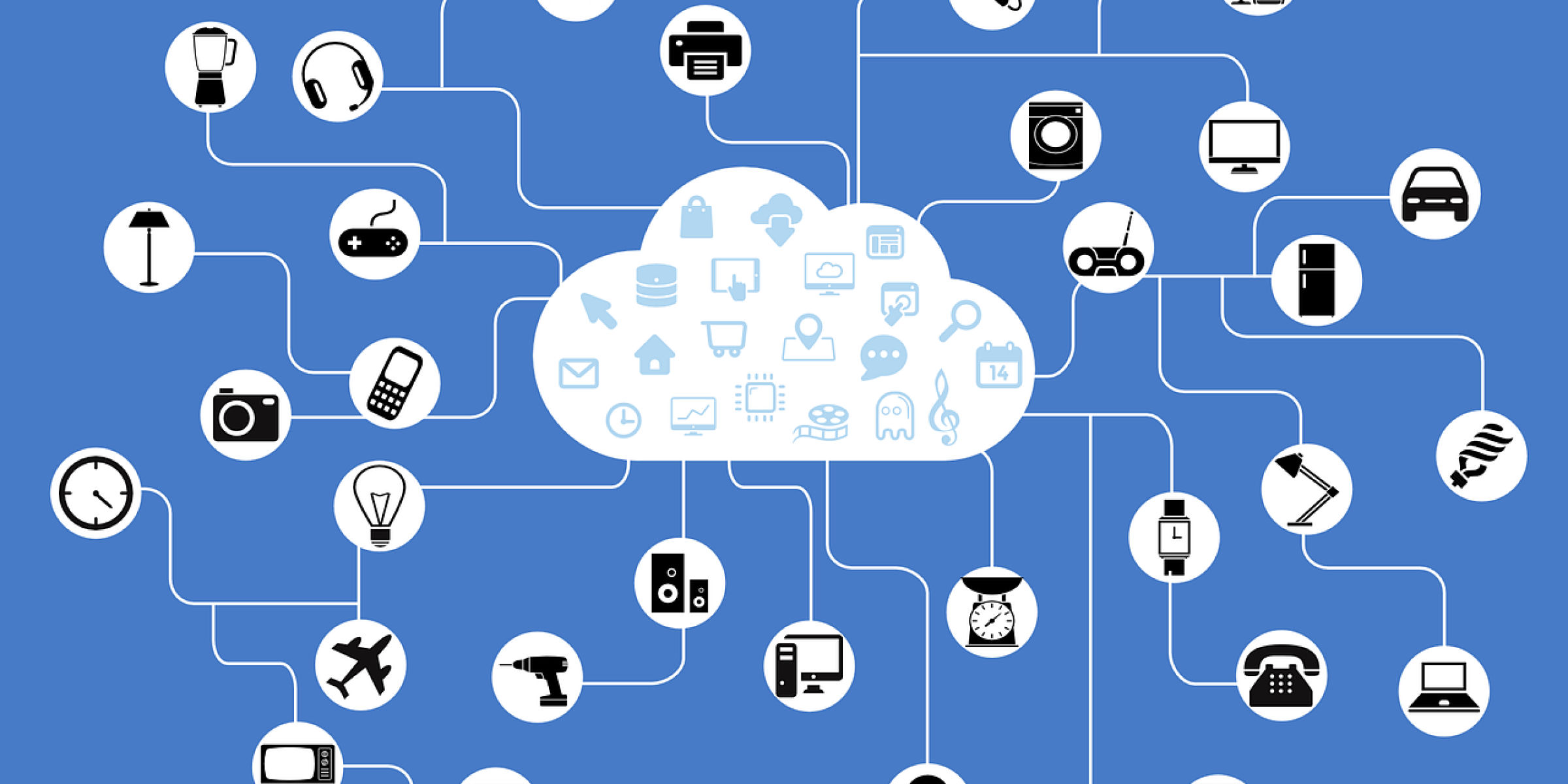Using React Native for IoT: Building Mobile Apps for Smart Devices

In today's interconnected world, the Internet of Things (IoT) has revolutionized the way we interact with our surroundings. With the rise of smart devices ranging from home automation systems to wearable technology, the need for intuitive mobile applications to control these devices has never been greater. In this blog post, we'll explore how React Native can be leveraged to develop powerful mobile apps for controlling IoT devices, enabling seamless integration and enhanced user experiences.
Why Choose React Native for IoT?
Cross-Platform Compatibility
One of the key advantages of React Native is its ability to create applications that work seamlessly across multiple platforms, including iOS and Android. This ensures that your IoT app can reach a broader audience without the need for separate codebases.
Faster Development
By utilizing a single codebase for both platforms, React Native significantly reduces development time and effort. Developers can write code once and deploy it to multiple platforms, speeding up the development cycle and reducing time-to-market for IoT applications.
Native Performance
Despite being built on JavaScript, React Native offers near-native performance by rendering components using native APIs. This ensures that IoT apps built with React Native deliver the responsiveness and fluidity expected by users, even when controlling complex smart devices.
Getting Started with React Native for IoT
Setting Up Your Development Environment
Before diving into development, ensure you have Node.js and npm installed on your system. You'll also need to set up React Native CLI for creating and managing React Native projects. Additionally, consider installing any necessary dependencies for communicating with IoT devices, such as Bluetooth or Wi-Fi libraries.
Creating a New React Native Project
Initialize a new React Native project using the react-native init command. This will generate the necessary project structure and files to get started. Next, install any required dependencies for your IoT app, such as networking libraries or communication protocols.
Designing the User Interface
Design an intuitive user interface for your IoT app using React Native's component-based architecture. Consider the unique requirements of IoT devices, such as real-time data updates and device status indicators. Utilize React Native's built-in components and third-party libraries to create a visually appealing and functional UI.
Integrating IoT Functionality
Connecting to IoT Devices
Implement the necessary logic for connecting to and communicating with IoT devices from within your React Native app. Depending on the type of devices you're working with, this may involve establishing Bluetooth or Wi-Fi connections, sending commands, and receiving data updates.
Handling Device Events
React Native provides APIs for handling various device events, such as device connectivity changes or sensor data updates. Utilize these APIs to update the app's UI in real-time based on the status of connected IoT devices or incoming data streams.
Implementing Device Controls
Design intuitive controls within your app for interacting with IoT devices, such as toggles, sliders, or buttons. Map these controls to specific actions or commands that are sent to the connected devices, allowing users to remotely manage and control their smart devices from the mobile app.
Testing and Deployment
Testing Your IoT App
Thoroughly test your React Native IoT app across different devices and platforms to ensure compatibility and reliability. Perform unit tests to validate individual components and integration tests to verify the functionality of device communication and control features.
Deploying to App Stores
Once testing is complete, prepare your app for deployment to app stores such as the Apple App Store and Google Play Store. Follow the respective guidelines and requirements for app submission, including providing necessary documentation and ensuring compliance with platform-specific policies.
Conclusion
By leveraging the power of React Native, developers can build robust and feature-rich mobile applications for controlling IoT devices with ease. Whether you're developing a smart home automation system or a wearable device companion app, React Native provides the tools and flexibility needed to create compelling user experiences in the rapidly evolving world of IoT. Start exploring the possibilities today and unlock new opportunities for innovation in IoT app development.
Consult us for free?
View More


